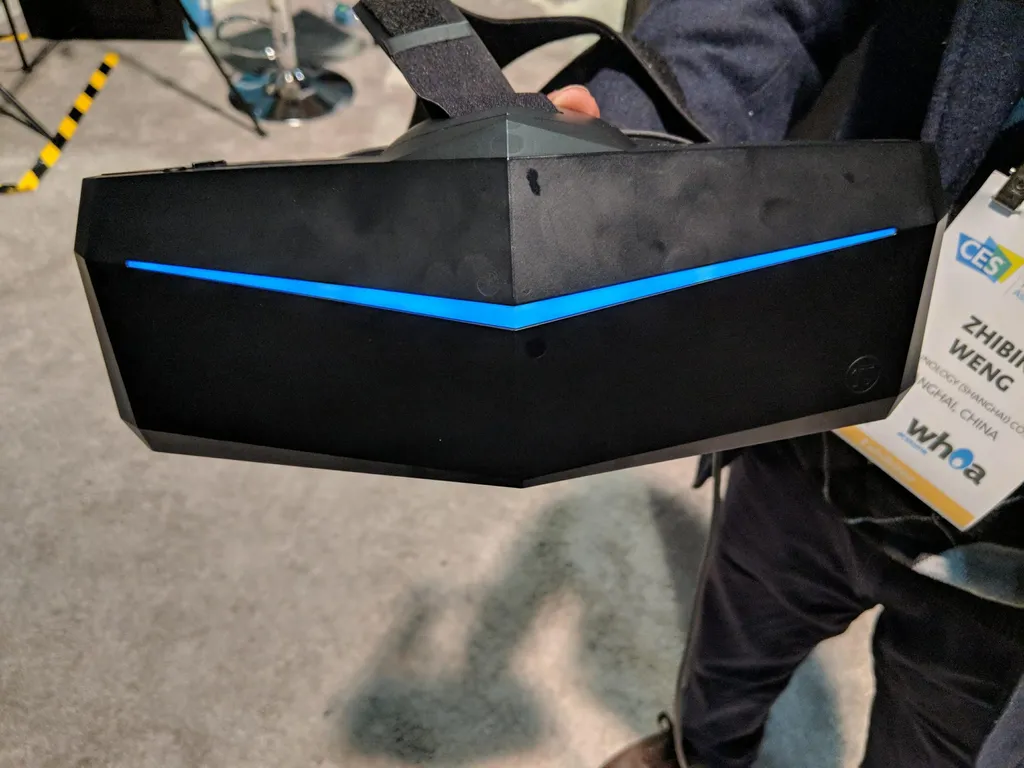Other than the move towards wireless VR and an obsession with developing groundbreaking new haptic technologies, the biggest trend at CES this year for virtual reality was a focus on improved resolutions for HMD displays. From the Vive Pro’s purported “3K” combined resolution and the crisp, clear quality of Samsung’s Odyssey headset, all the way up to the enormous 8K combined resolution of the Pimax, screen doors were almost nowhere to be found at this conference.
After spending a little bit of time with the Pimax 8K at CES this week we’ve got a few thoughts about where the headset is at currently and where it needs to go next in order to succeed.
But first, a bit of background information. Everyone that’s ever spent any significant amount of time in VR knows that one of the biggest problems is that displays just aren’t sharp enough to provide the type of visual clarity needed for real immersion.
Since the pixels are so large and apparent when you press your eyes that close to the screen, it results in a “screen door effect” most of the time, or rather it makes it feel like you’re looking at the VR world through a screen door. It’s distracting and robs experiences of their beauty.
Lower resolutions lead to other issues as well, such as a lack of screen real estate and not being able to display enough details or information all at once, as well as blurriness for things like letters and numbers which makes it almost impossible to really read things in VR right now on the Rift, Vive, or PSVR.
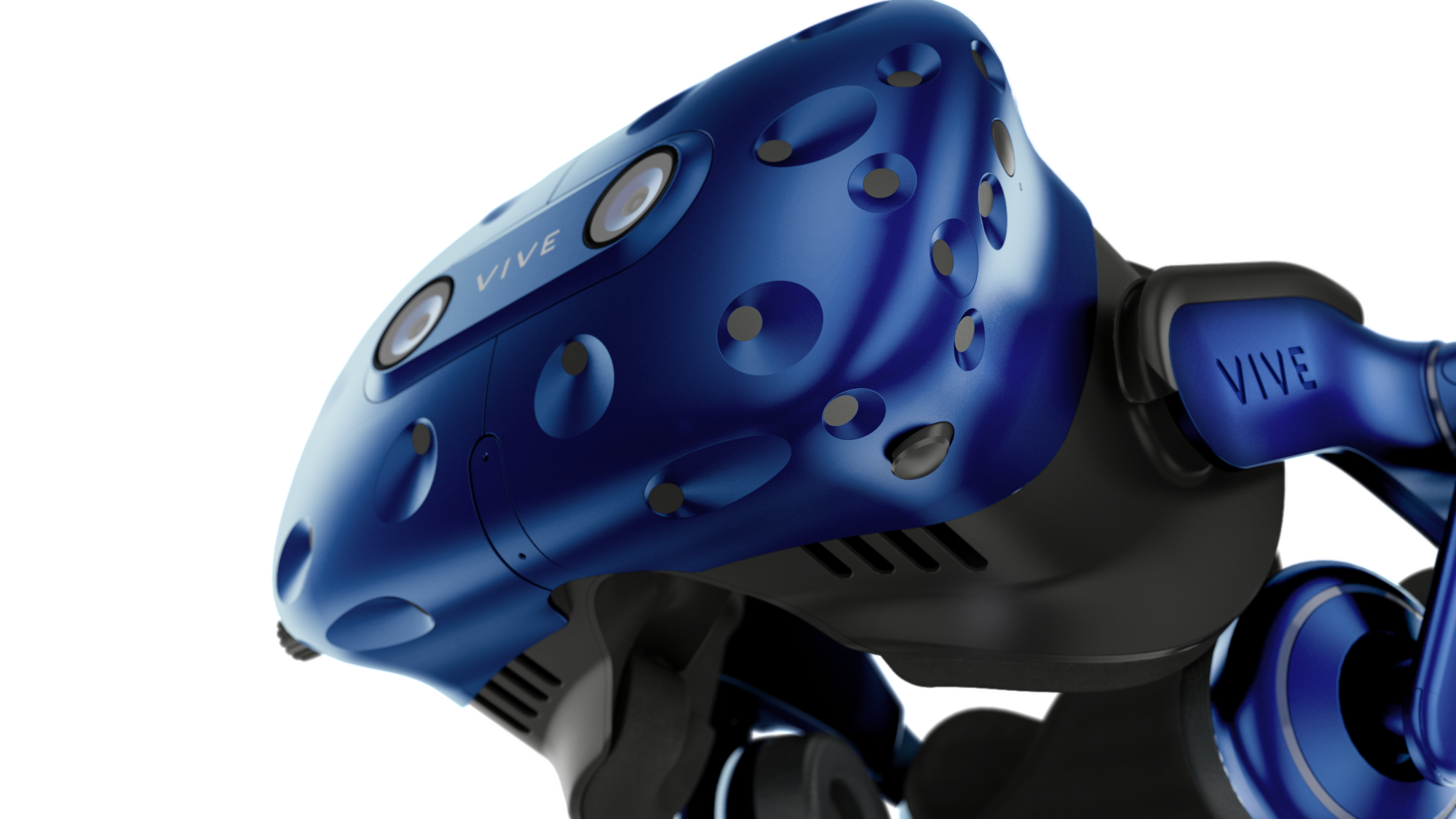
Earlier this week the Vive Pro represented an incremental “3K” step towards a clearer and crisper VR future, but Pimax wants to leapfrog that incremental step and go straight for more than doubling current headset resolutions with their 8K offering. But, full disclosure, none of those resolution approximations are even accurate.
Sure, the Vive Pro says it has “3K” resolution, but it’s actually just 2880×1600 combined across both lenses and common sense tells you that 2,880 pixels is in fact not the same as 3,000 pixels but we round that up and say it’s a 3K headset. The same goes for most “4K” TVs on the market — they call it that, but most actually top out at more like 3840 x 2160. The same concept is at play here with the Pimax 8K because it isn’t actually an 8,000 pixels wide display. Technically, it’s only two 3820 x 2160 lenses which combine together to create a perceived 7640 x 2160 resolution which is rounded up to 8K.
I’m explaining all of this not just so that people understand that technical terms often have a bit of nuance in them, but also because the Pimax 8K is in and of itself an overly nuanced device.
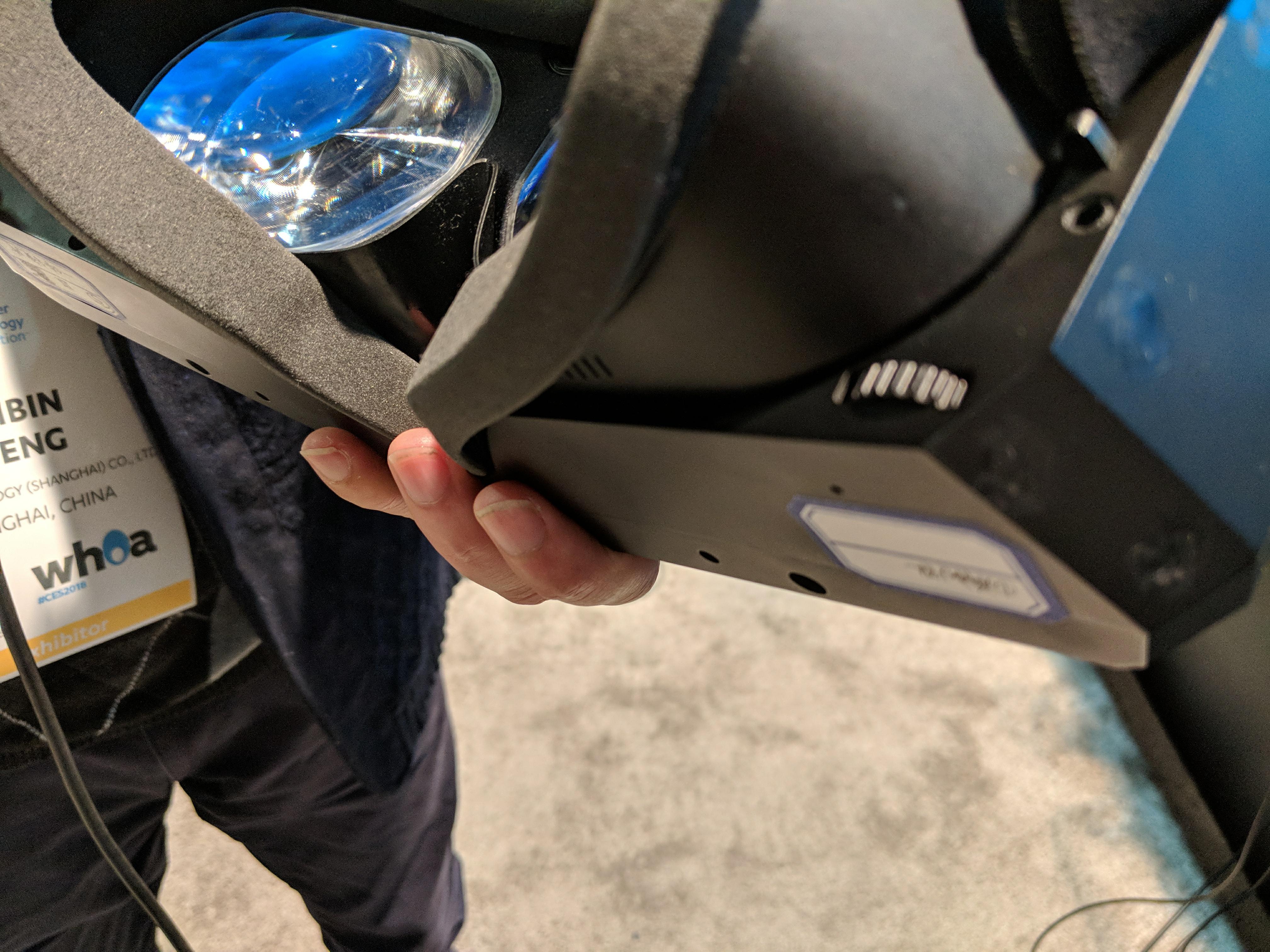
For my demo they dropped me into WEVR’s theBlu, a classic VR experience at this point. The slice I tried was only a few minutes long and it was entirely stationary. Like a floating scuba diver, I waited as fish of all shapes, sizes, and colors swam around me. Before long an enormous whale appeared and then brightly colored jelly fish.
Truthfully, theBlu has never looked so stunning. Due to the massive resolution bump in the Pimax I could see individual bubbles and morsels of floating debris like never before. When I got close to a fish or environmental texture instead of seeing a screen door effect I just saw crisp, clean designs.
After raising over $4.2M on Kickstarter and aiming to start shipping units by the end of 2017, production was delayed. That’s not uncommon for Kickstarter projects though.
The new model I tried at CES this week certainly surprised me from a pure visual clarity perspective, but it’s not without its problems. For starters, the tracking still needs work. If I moved my head quickly there did appear to be some slight jittering and minor latency issues. This was barely noticeable in something like theBlu, which simply asks me to stand still and stare at fish as they swim by, but if I had been playing a game that required quick movements and fast response times, that could be a major issue.
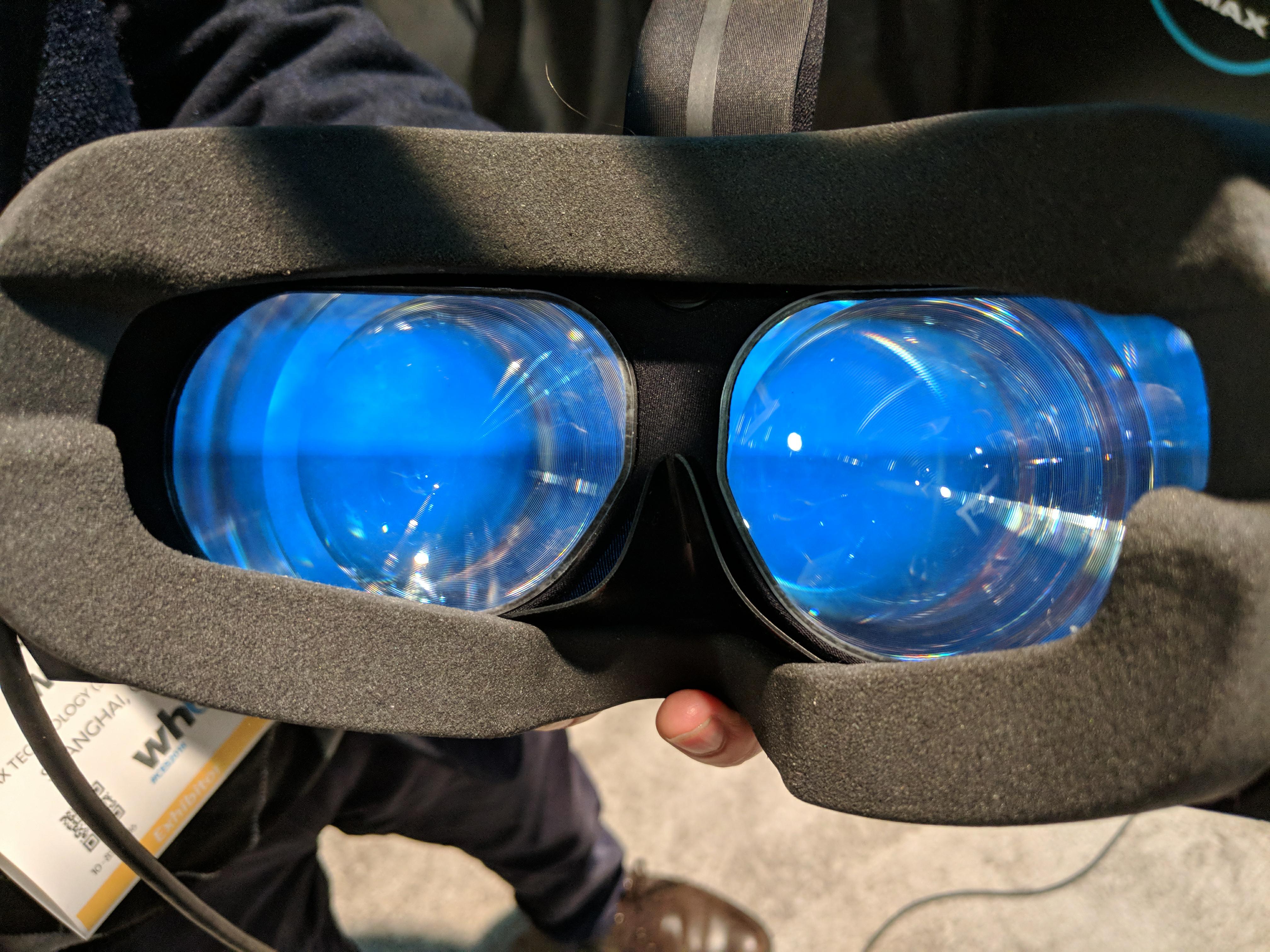
Also, on the outer edges of each lens there was a distracting distortion effect in my peripheral vision. It was almost like a tiny sliver of the lens was being replicated at the far edges in a narrow vertical mirror, similar to the effect that happens when you get droplets of water inside your swimming goggles. It was a bizarre effect that was incredibly distracting. The field of view was absolutely massive, as you can tell from the sheer size of the thing, but I’d rather they shave off a few degrees and eliminate the distraction goggle flickering effect.
The brightness worked great, vertical field of view was excellent (much larger than any other VR headset I’ve seen), and it wasn’t as uncomfortable as I thought it’d be. It’s certainly nowhere near as comfy as its competitors because of how much larger and heavier it is, but they’ve done a good job balancing that as much as they can. I don’t know if I’d have the same opinion after playing an hour or more of an active VR game, but it was okay for a short demo.
Since my experience was so passive I couldn’t test out the base stations themselves or use the controllers really (they gave me one to hold, but I could only see a ghostly outline in front of me when I waved my hand so it was far from a robust test) and this was clearly a very controlled environment.
Ultimately the Pimax 8K seems to be coming along okay, although it doesn’t feel like it’s made any massive improvements since we heard from them last. The vast majority of VR rigs won’t be able to take full advantage of a display this enormous yet and developers would be better off spending their time catering to the minimum specifications to broaden the VR market than optimizing for ultra-wide 8K VR headsets that represent a minuscule corner of the overall industry.
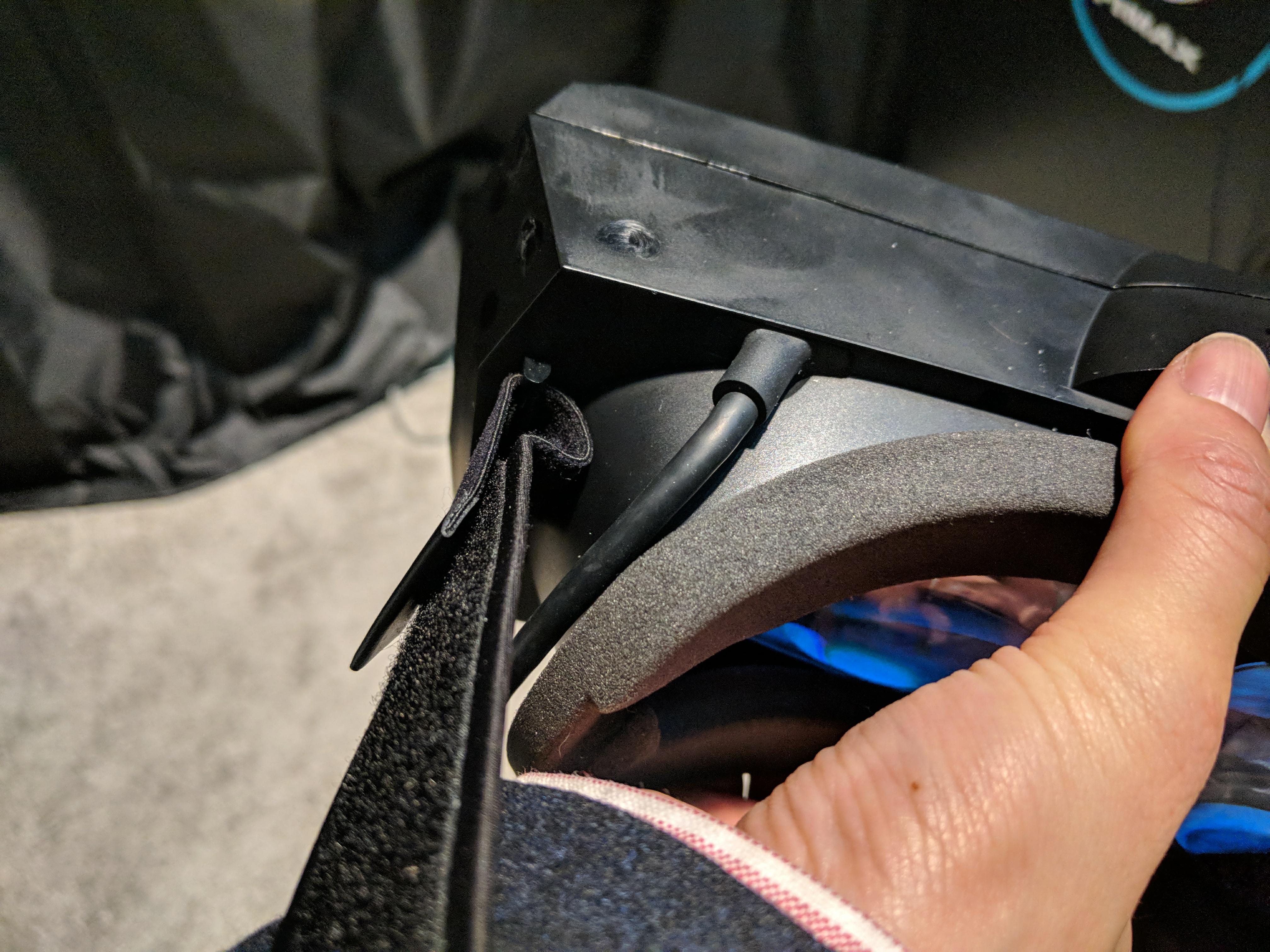
While companies like Pimax do valuable work pushing display power forward, it doesn’t feel like it’s ready to be a consumer device just yet. Kickstarter backers should start receiving shipments in Q2 of 2018 according to what we heard last from the company.
Correction: The stated resolution for the Pimax has been updated to fix a math error.

